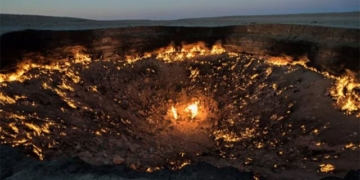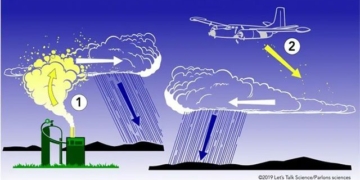 |
| Waste causing pollution in the Onzhou River, Zhejiang Province – Photo: China Daily |
In a report by the United Nations Environment Programme (UNEP) released on World Environment Day, June 5, the world’s desert areas are facing “unprecedented” threats despite their potential as sources of solar energy and herbal resources.
Deserts currently cover 25% of the earth’s land area, home to approximately 500 million people.
However, climate change, excessive exploitation of groundwater, and the destruction of flora and fauna due to rampant tourism have severely threatened these desert regions.
The recently published White Paper on the Environment in China, titled “Environmental Protection in China 1996-2005,” outlines some experiences and achievements in the country’s environmental upgrading efforts. To reduce air pollution levels, China has launched a three-year campaign to address violations by enterprises.
During this period, 16,000 enterprises were forced to close, and over 10,000 warnings were issued. Eight resource-intensive and heavily polluting industries, including iron and steel production, cement, electrolytic aluminum, ferrous alloys, calcium carbide, coal, saponin, and chromium salt, had to adjust their production methods, with more than 1,900 projects being halted. In urban areas, China banned the use of leaded gasoline from July 2000. Several cities have also initiated a “clean vehicle” campaign, encouraging the use of natural gas vehicles, which are less polluting.
L.XUÂN – TH.TÙNG




















































